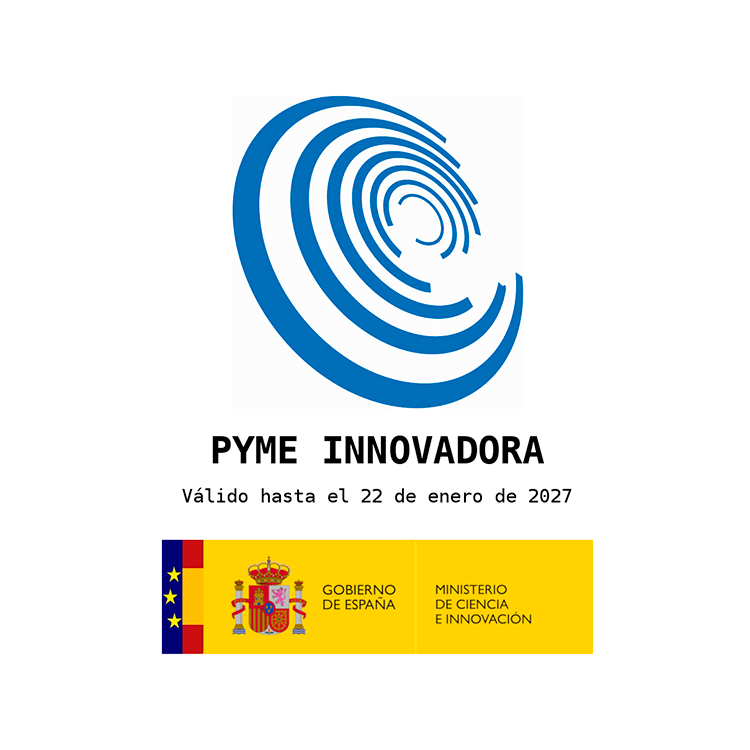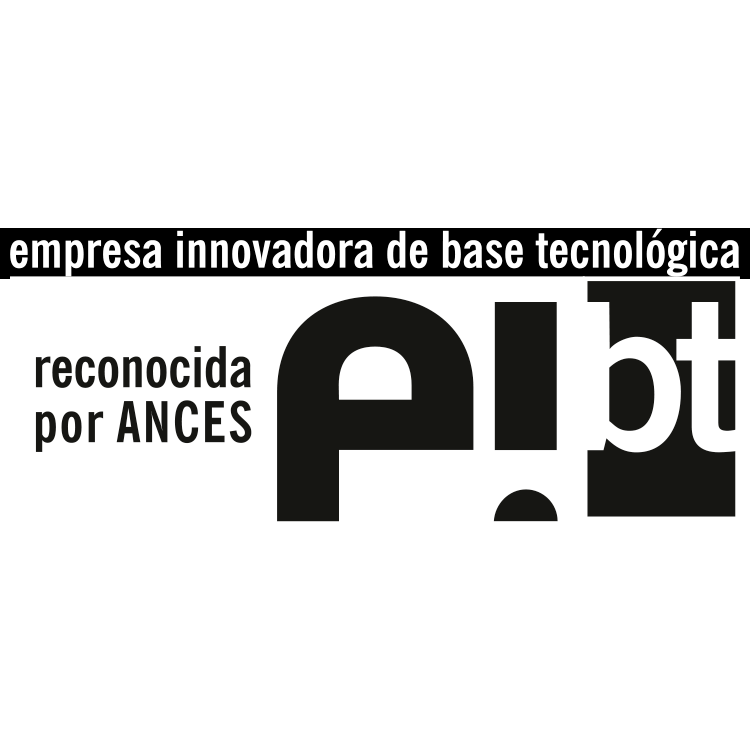Viva Elisa®
Transforming Sepsis Diagnosis
Sepsis triggers a complex immune response, beginning with intense inflammation followed by a dangerous phase of immune suppression.
While early intervention with antibiotics and organ support helps to reduce initial deaths, many critically ill patients later succumb due to their immune system’s inability to fight ongoing or secondary infections.
These complications are often linked to an over-exaggerated immunosuppressive phase, which remains poorly addressed by current diagnostic tools.
In most cases, diagnosis is based on indirect biomarkers, which do not give a clear picture of the patient’s immune status.
Current problem
- Lack of tools to adequately stratify patients.
- Late diagnosis preventing early interventions.
- Absence of key information about the patient’s immune system response.
Our proposal
VIVA-ELISA® is our innovative technology in the field of NLRP3 inflammasome activation by detection of ASC-Speck in critically ill septic patients, with the aim of anticipating the diagnosis and treatment of this serious condition.
Currently, traditional diagnostic methods do not effectively anticipate the stratification of patients at increased risk of complications and mortality.
Our VIVA-ELISA-based solutions meet this need, providing accurate analysis of the patient’s immunological status in real time, focusing on prognosis, and reducing both the burden of care in hospitals and the costs to healthcare systems.
Innovative Solution:
The Role of the NLRP3 Inflammasome
Activation of the NLRP3 inflammasome in the first 24 hours after the onset of sepsis is directly related to patient prognosis.
Septic patients who fail to activate NLRP3 have an increased risk of mortality and a worse clinical outcome. No other clinical or biochemical biomarker has been able to accurately discriminate this subgroup of patients.
VIVA-ELISA (R) introduces a pioneering approach by using NLRP3 inflammasome activation by detection of ASC-Speck as a novel biomarker for prognosis (anticipation) and stratification of septic patients.
Our Technology
VIVA-ELISA(R) has reached TRL4 technology maturity level, our technology has now been validated in laboratory settings and is ready to move into clinical studies in patients.
ASC speck as a key marker of inflammasome activation: Our technology enables the specific detection of this inflammatory complex, providing an innovative and accurate method of immunological assessment.
Validation with immune cells and blood samples: We have demonstrated the effectiveness of VIVA-ELISA (R) compared to flow cytometry and commercial ELISA assays in detecting inflammasome activation in monocytes and septic patient samples.
Our technology represents a crucial breakthrough in immune stratification for sepsis and other inflammatory diseases.
VIVA-ELISA® Value Proposition versus the Competition
No other sepsis product uses the NLRP3 inflammasome for the purpose of immunological stratification and patient severity.
Our approach involves stimulating a small blood sample with compounds that mimic infection, then measuring the formation of ASC specks to assess immune competence.
This allows us to detect early immunosuppression, stratify patients by immune profile, and support the development of personalized therapies—bringing precision medicine to the front lines of sepsis care
Want to know more about how we are moving forward with Clinical Validation?
Talk to us
Do you have a NLRP3 Related Project?
We are your ideal partner if you need:
- Validate inflammasome modulating compounds.
- Biomarkers for clinical trials in inflammatory diseases.
- Phenotypic characterisation by ASC-Speck.










